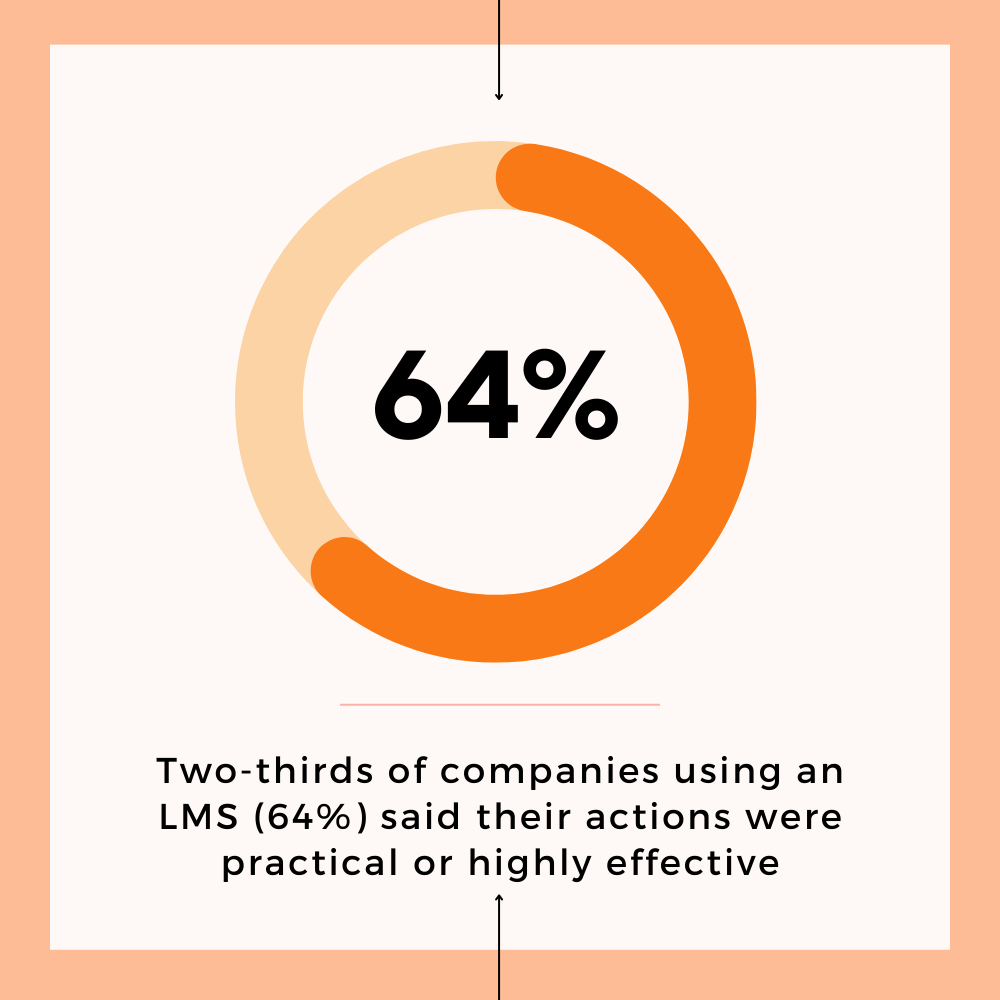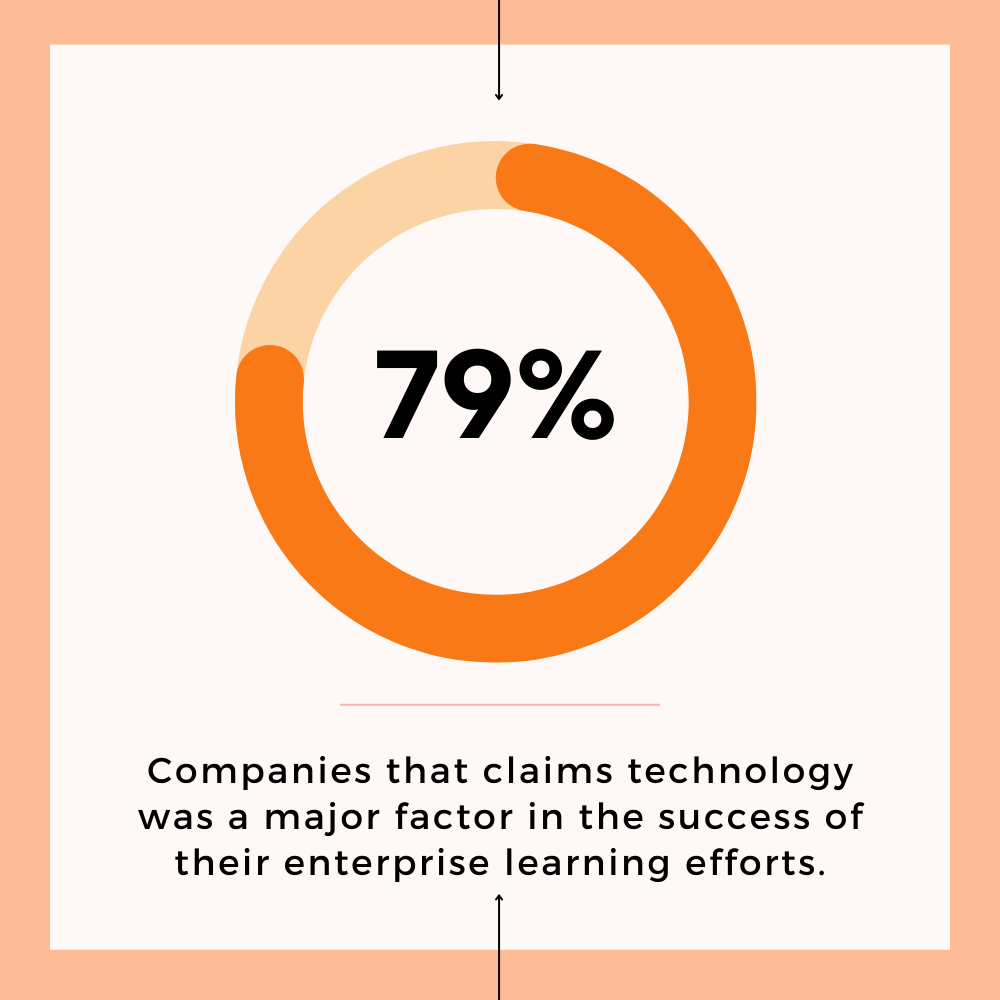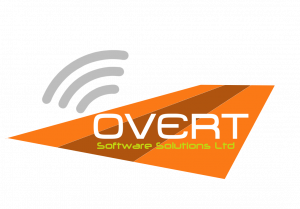It can be challenging to keep up with the rapidly changing landscape of continuous professional development (CPD) because each digital trend redefines it. We are no longer talking about on-site or online face-to-face training. We are moving to provide more opportunities beyond the idea of a classroom and increasingly improving personalised and on-demand learning experiences. In this article we will be discussing how harnessing the power of LMS can simplify and build confidence in your CPD training.
What does CPD training mean?
Continuous professional development (CPD) is an ongoing process of learning and development to help you keep up-to-date with changes in your field, job, and/or career. It’s defined as any learning that enables you to gain knowledge, understanding, and experience in a subject area or job role. CPD Training may also require a formal documentation process to record what and how you learnt (through supervision, submission of assignments, etc.).
Learning methods for CPD Training can vary. A few variations include:
- Learning/Completing a professional designation
- Reflective thinking based on your own experiences and those of others.
- Learning through work-based experience (i.e., from Coaching, mentoring, supervision, course training, or job-shadowing)
- Workplace mandatory training
- And more...
Which industries can benefit from conducting regular CPD Training?
CPD training provides an opportunity for professionals to develop their skills and stay up to date on their industries’ highest standards. Millions of organisations from different industries across the world recognise CPD qualification as the qualitative benchmark that not only reflects but also sets those standards. As such CPD training is relevant and beneficial across a wide range of industries:

How has technology improved CPD training?
As your learning and development technology grows in complexity, so can your assessment. For instance, you can expand this baseline beyond check-the-box knowledge to capture an accurate picture of an individual's leadership goals, how inclined they are to act like an owner and even how they think about specific business problems.
Technology allows you to see how well your training works by documenting and tracking employee performance before and after the training process. It also lets you see if any underlying factors built into the training could distort results. Here are some points how technology improved CPD training experience:
Global Reach
Learners are more self-influencing than ever before, and as a result, educators are changing the way they teach. Rather than lecturing, teachers and instructors are becoming coaches who mentor their pupils. Online technology helps educators build and maintain supportive relationships with learners by allowing them to communicate with their learners regularly, no matter where they are located.
Integration of External Resources
CPD covers all unstructured and unaccompanied learning. This includes discussions in forums, articles, and publications. In addition, CPD combines different learning methodologies, including training courses, seminars, workshops and conferences. The digital approach makes accessing more knowledge easier and ensures the content is customisable and tailored to their specific learning needs.
Performance Tracking and Assessment
CPD technologies are moving toward an all-in-one approach. Previously, organisations had traditional approaches for each CPD function and assessment. Today, it is likely that we will see more organisations having all their CPD tools in one place. Members will have access to webinars, mentoring, recordings, evaluations, and multifaceted learning experiences wherever they are.
Flexibility
As technology advances, learning is becoming more flexible and personalised. People have more options for their continuing professional development (CPD), and they are increasingly choosing activities that are in line with their own career goals. Some professions require certain types of learning activities, but there seems to be increasing flexibility regarding how individuals choose to achieve these goals. Overall, digital offers a greater degree of self-influence than traditional CPD.
Ultimately, CPD is the process of continually improving your skills and competencies to enhance workplace performance and future career prospects. With technology, it's now possible for anyone who decides to 'upgrade' or 'up-skill' himself or herself regardless of their occupation, age or educational level.
How long should you keep CPD training records?
According to ACCA Global, I it is recommended that you keep a record of your CPD for three years to be used for a CPD review if necessary.
LMS as a CPD platform: Tailored to fulfil your organisation's training needs
Just as on-site employee training helps provide the most valuable and relevant learning materials, a digital approach to using an LMS for your organisation's activity will also respond to these needs. Extending the same privileges of a Learning Platform to your employee organisation base makes a consistent approach, and quality learning programs can engage them.
According to a study conducted by Brandon Hall Group, 79% of companies said that technology was the main reason for their extended enterprise learning efforts being effective. Two-thirds of companies using an LMS (64%) said their actions were practical or highly effective, compared to 54% of those who did not use an LMS.


The key takeaways
One of the main objectives of LMS CPD for corporations is to give employees the tools they need for performance evaluation and tracking. Choosing the right LMS can be a tough decision. With Overt Software Solutions, you can create as many Learning Paths as you want and take content from different courses to build a specific learning plan and ensure the process leads to success.
Customised Learning Management Systems (LMS) can help improve the CPD training experience by accomplishing the following
To measure how well your training program has been received
Learning technology gives you the metrics you need to understand your learners' activity, which can help you improve your CPD training programs and ensure success.Centralise training materials and deliver them efficiently
An LMS is a central location where users can find their CPD training materials and other information. It also enables e-learning materials to be updated quickly when necessary and delivered according to different learning audiences.The ability to support formal and informal learning
As a best practice, CPD training should be flexible enough to support formal and informal learning methods. A top LMS should have features supporting social learning so the users can learn through social channels.
Contact us today to learn more about our Learning Management System (LMS)
